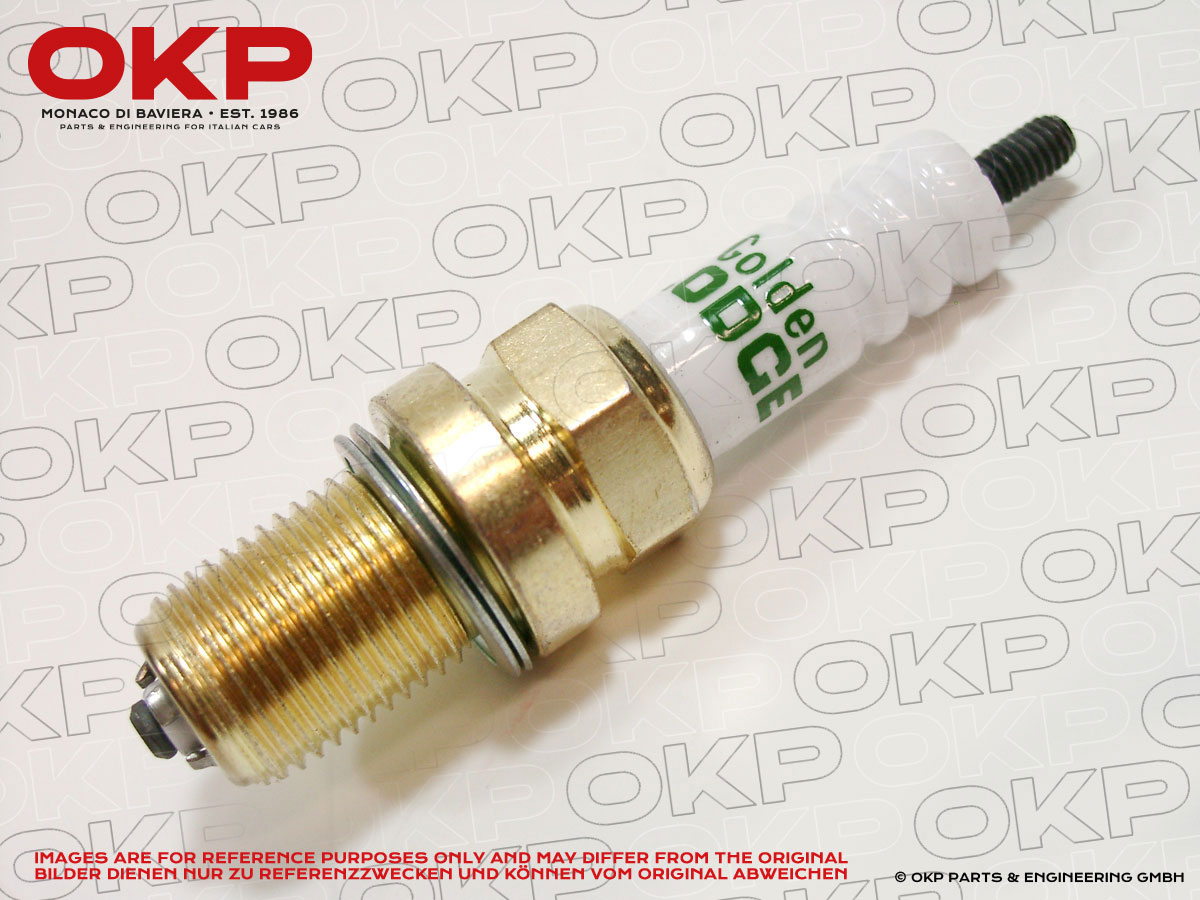Originally Posted By: friendly_jacek
Thanks for that link. 4 plugs for 5.98 and free shipping? I'm sending my check.
Pretty good deal eh? Definitely worth a try at that number...
Thanks for that link. 4 plugs for 5.98 and free shipping? I'm sending my check.
Pretty good deal eh? Definitely worth a try at that number...


